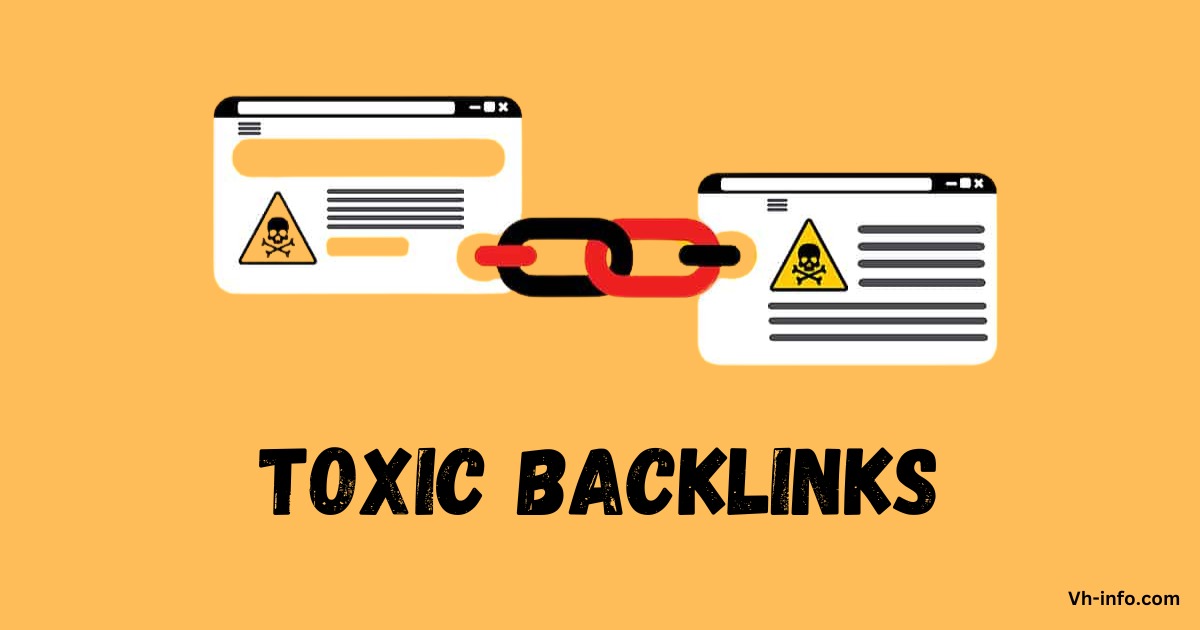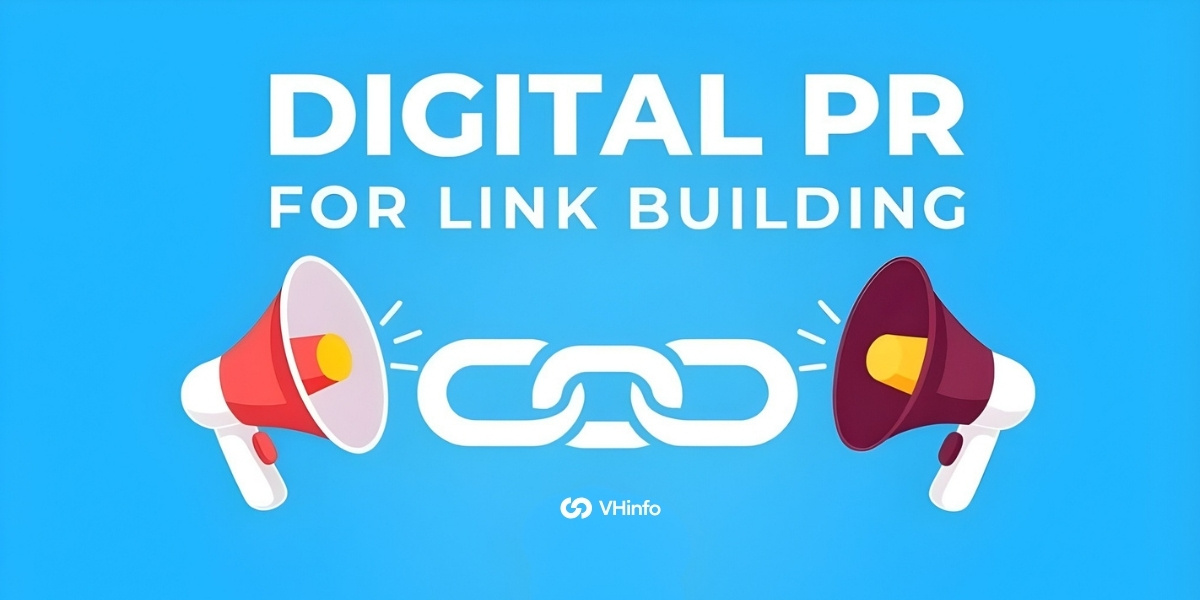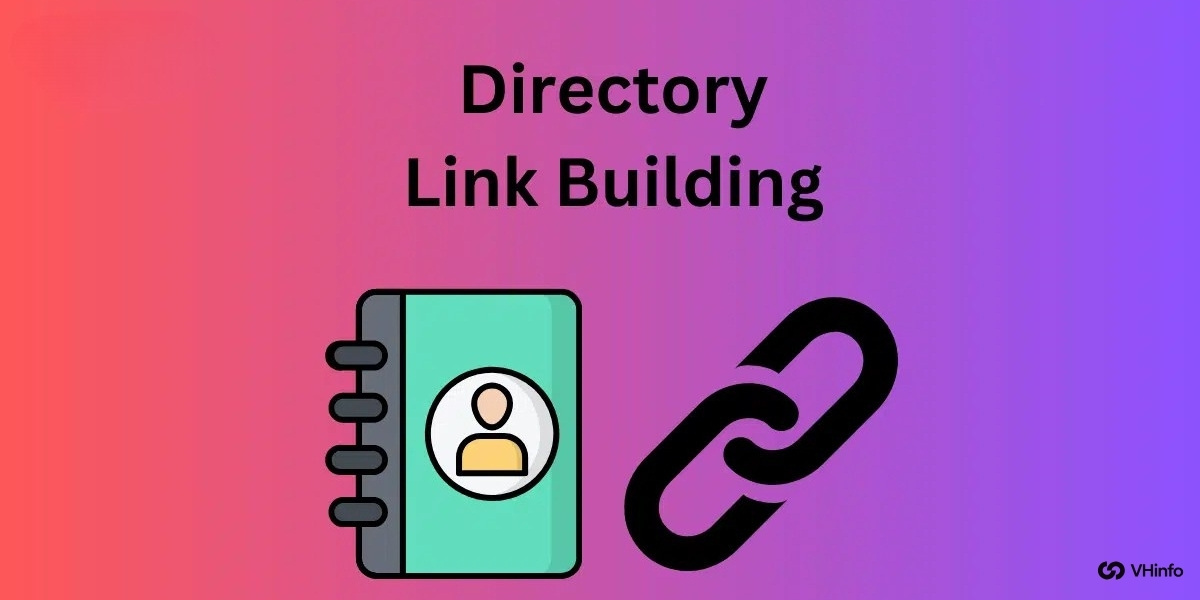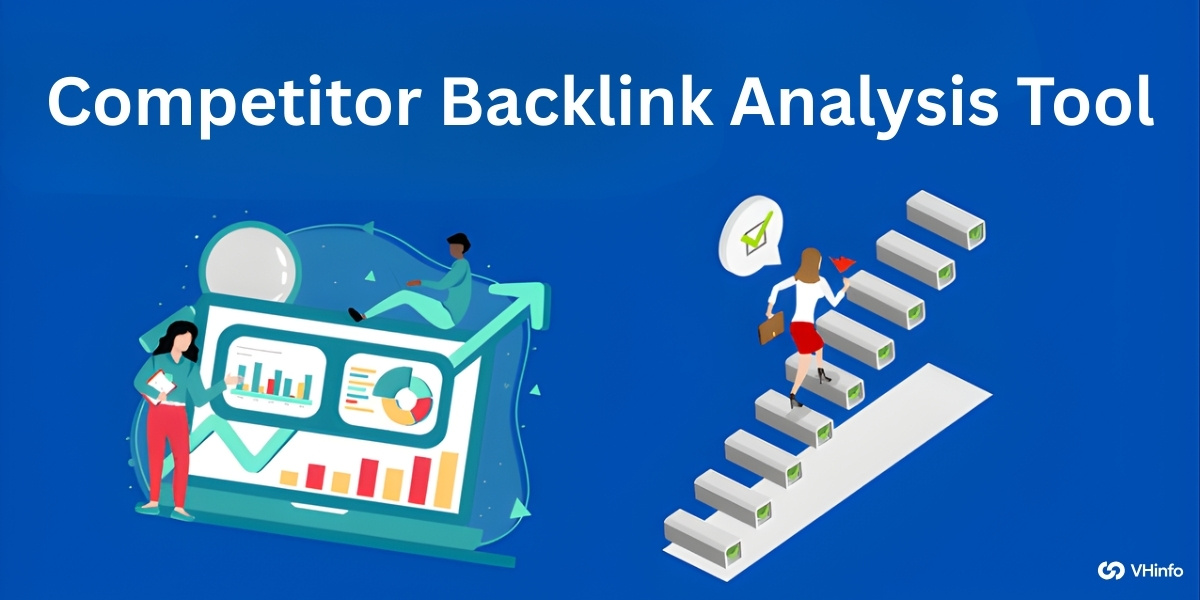Backlinks are an important factor in SEO, as they signal to search engines that other websites find your content valuable and relevant.
However, not all backlinks are created equal. Some links, known as “toxic backlinks,” can actually harm your website’s search engine rankings and organic traffic.
As a trusted expert in SaaS link building, VH Info is here to guide you through the process of identifying and removing these harmful links.
We’ll break down what toxic backlinks are, how they affect your site, and the best ways to clean up your backlink profile for improved SEO performance.
What Are Toxic Backlinks?
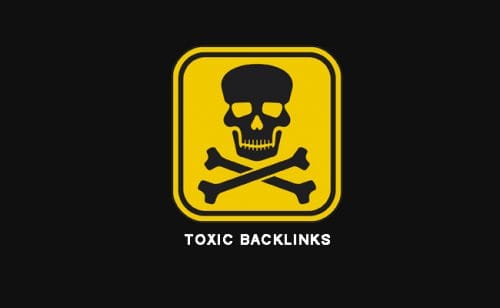
Toxic backlinks are bad links from spammy, low-quality, or irrelevant websites that can negatively impact your search rankings. These links often come from link schemes, private blog networks (PBNs), or other manipulative tactics that violate Google’s guidelines.
They generally have a negative impact on your website’s performance in google search results.
Where Do Toxic Backlinks Come From?
Toxic backlinks can come from various sources, including:
- Negative SEO attacks from competitors
- Paid link schemes
- Automated link-building tools
- Low-quality directory submissions
- Comment spam on blogs and forums
How Do Toxic Backlinks Affect Your Website?
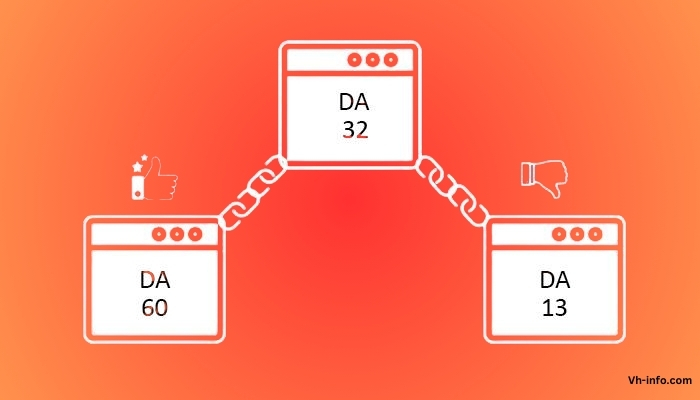
Toxic backlinks can harm your website in two main ways:
Algorithmic Penalty
If Google’s algorithms detect a high number of spammy backlinks pointing to your site, they may devalue those links or even penalize your website, resulting in lower rankings and reduced organic traffic.
Manual Action
In more severe cases, Google may issue a manual action against your site for engaging in link schemes or having an unnatural link profile. This can result in your site being removed from search results entirely until you resolve the issue.
Causes Of Toxic Backlinks
Some common causes of toxic backlinks include:
- Buying links from low-quality websites
- Participating in link exchanges or link farms
- Using automated tools to create spammy links
- Excessive use of exact-match anchor text
- Links from irrelevant or off-topic websites
Types Of Toxic Backlinks
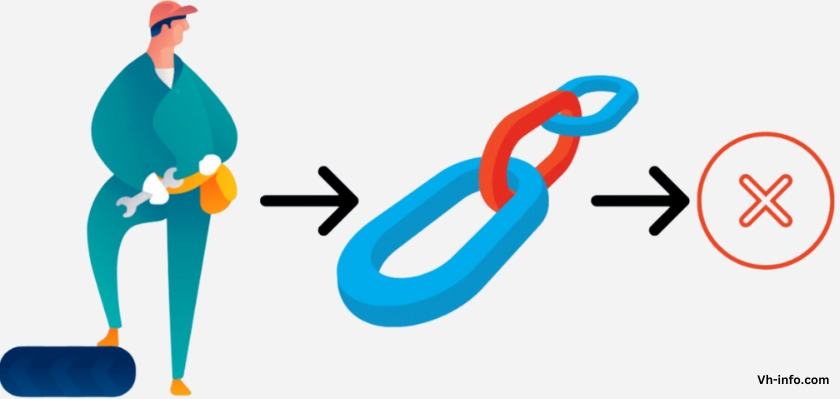
Here are the main types of toxic backlinks:
- PBN Links: Links from private blog networks, which are groups of websites created just to provide links to other sites. These links are considered manipulative and can lead to penalties.
- Link Farms: Networks of websites that all link to each other to artificially boost search rankings. Link farms provide no real value and are seen as spammy by search engines.
- Low-Quality Directory or Bookmark Sites: Getting links from low-quality online directories or bookmark sites that will accept any link. These links are often irrelevant and can hurt your site’s reputation.
- Spammy Websites: Backlinks from websites that are full of low-quality content, excessive ads, and provide a poor user experience. Links from spammy sites can damage your SEO.
- Exact Match Anchor Text Links: Having too many backlinks with the exact same anchor text, especially if it’s a keyword you want to rank for. This looks unnatural to Google and may trigger a penalty.
- Manipulative Links: Any links that are created with the sole intent of boosting search rankings rather than providing value to users. These links violate Google’s guidelines.
- Low-Quality Content Links: Getting links from pages with thin, duplicate, or poorly-written content. Search engines don’t value links from low-quality sources.
- Comment Spam: Leaving links in the comment sections of blogs, forums, and other websites. These links are often irrelevant, posted automatically, and considered spammy.
The key is to focus on building high-quality, relevant links naturally over time. Avoid participating in any link schemes or tactics that could be seen as manipulative by search engines. Regularly auditing your link profile can also help you spot and remove any toxic backlinks before they cause problems.
How To Find Toxic Backlinks?
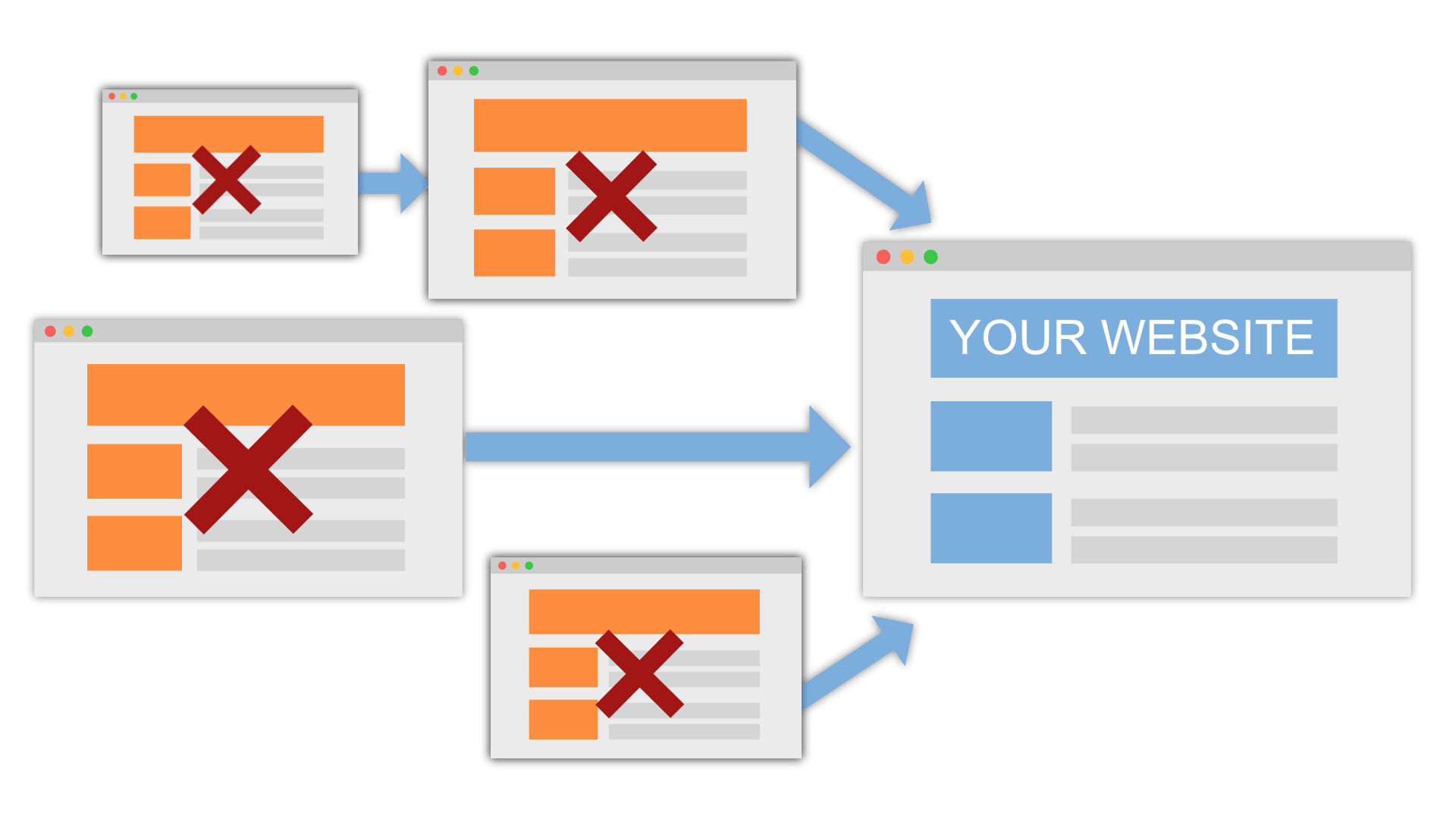
There are two main ways to identify toxic backlinks:
Option 1: Use A Backlink Checker
Tools like VH Info’s Backlink Checker, Ahrefs, SEMrush, and Moz can help you analyze your backlink profile and identify potentially toxic links based on various metrics like domain authority, spam score, and anchor text distribution.
Option 2: Check Toxic Backlinks Manually
If you don’t have access to a backlink analysis tool, you can use Google Search Console to download a list of your backlinks and manually review each one for signs of low quality or spam.
How To Avoid Toxic Backlinks And Build Quality Ones?
To prevent toxic backlinks from harming your site, focus on building high-quality, relevant links naturally. Some tips include:
- Create valuable, link-worthy content that attracts natural links
- Reach out to reputable sites in your niche for guest posting opportunities
- Participate in relevant online communities and forums
- Use branded anchor text and natural link placement
What Are Quality Backlinks?
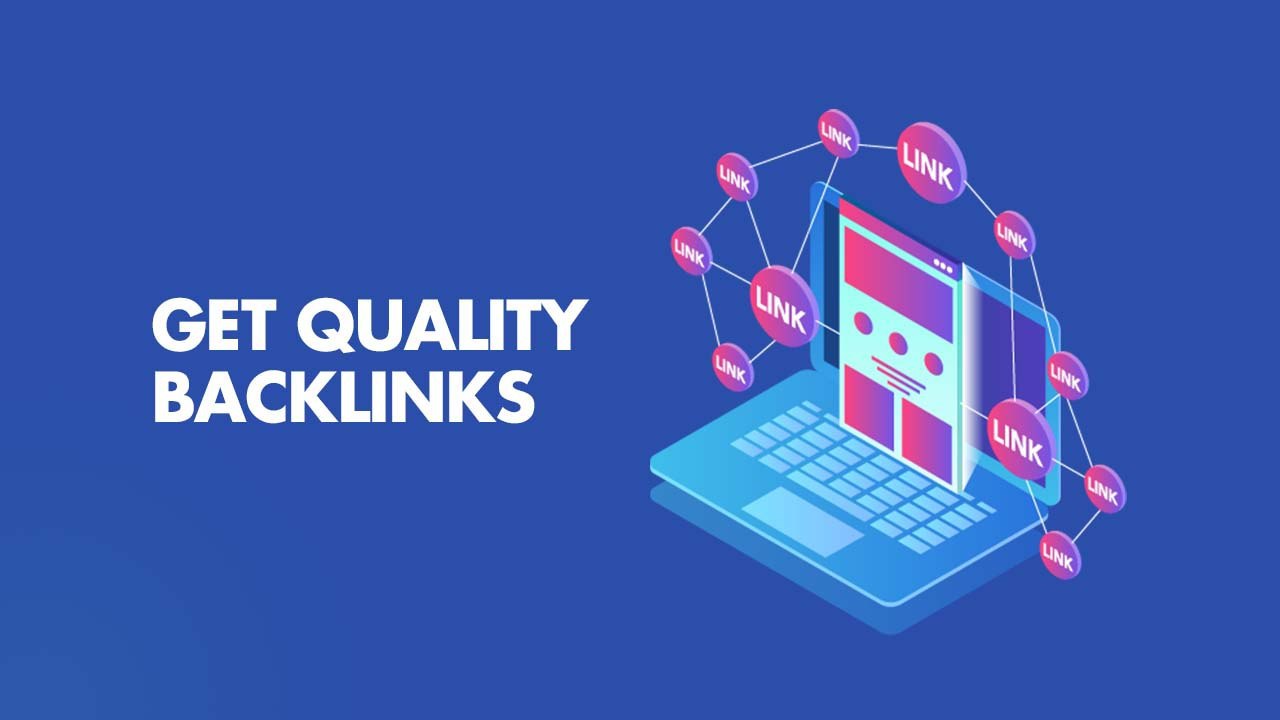
Quality backlinks are links from reputable, relevant websites that are earned naturally by creating valuable content. They are not manipulative or spammy, but rather are placed within the content of a page by the website owner because they provide value to readers.
High-quality backlinks, also known as building links, help improve a site’s authority and search engine rankings when part of a diverse, balanced link profile.
These backlinks, also referred to as incoming links, when properly aligned with your content and industry, have a high potential for sending high-quality traffic your way from trustworthy sites, ultimately helping to raise your Google rankings.
How Can You Fix a Backlink Profile That Has Toxic Backlinks?
If you’ve identified toxic backlinks pointing to your site, here are some steps to clean up your link profile:
- Reach out to webmasters and request removal of the spammy links
- Use Google’s Disavow Tool to tell Google to ignore the toxic links
- Focus on building high-quality, relevant links to dilute the impact of bad ones
- Regularly monitor your backlink profile for new toxic links
Should I Disavow Toxic Backlinks?
Google’s John Mueller has stated that most sites don’t need to use the Disavow Tool, as Google is generally good at ignoring spammy links on its own.
However, you may want to consider disavowing toxic backlinks if:
- You have a manual action against your site for unnatural links
- You have a large number of spammy links that could trigger a penalty
- You’ve tried to remove the toxic links but were unsuccessful
How To Disavow Toxic Backlinks?
To disavow toxic backlinks, follow these steps:
- Create a list of the spammy links you want to disavow in a .txt file
- Upload the disavow file to Google Search Console
- Wait for Google to process the file and recrawl your site
Keep in mind that disavowing links can take time to impact your rankings, and it’s not a substitute for building quality links.
How To Remove Toxic Backlinks?
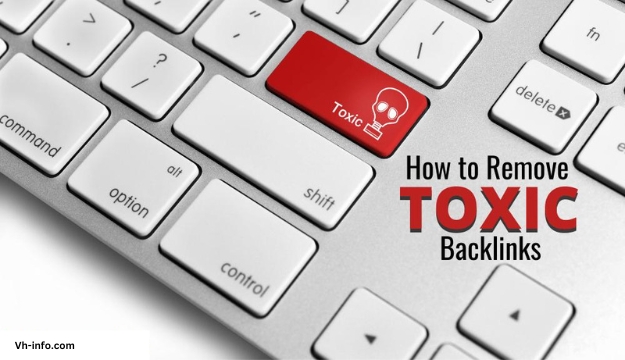
In addition to disavowing toxic backlinks, you can also try to remove them directly by:
- Contacting webmasters and requesting removal
- Updating or removing outdated content that attracts spammy links
- Using Google’s URL removal tool for pages that no longer exist
FAQ’s:
What is the Turnaround Time For Recovering From Toxic Backlinks?
Recovery time varies depending on the severity of the issue and how quickly you take action. It can take several months for your rankings to fully recover after cleaning up toxic backlinks.
Can I Prevent All Toxic Backlinks?
While you can’t control every link pointing to your site, you can minimize the risk of toxic backlinks by focusing on quality link building and regularly monitoring your link profile.
How Often Should I Audit My Link Profile?
A high number of spammy or toxic backlinks can hurt your search rankings and even result in a manual action or penalty from Google. That is why, it is a good idea to audit your backlink profile at least quarterly to identify and address any potential issues before they impact your rankings.
Is It Possible To Recover From A Google Penalty Due To Toxic Backlinks?
Yes, it is possible to recover from a Google penalty by identifying and removing the toxic backlinks, filing a reconsideration request, and focusing on quality link building going forward.
What Are The Latest Tools For Identifying And Removing Toxic Backlinks?
Some popular tools for analyzing and disavowing toxic backlinks are Ahrefs, SEMrush, Moz, and Google Search Console.
Are Automated Tools Helpful For Disavow Work?
While automated tools can help identify potentially toxic links, it’s important to manually review the links before disavowing them to avoid removing valuable links by mistake.
How Does Google View Disavowed Backlinks?
When you disavow a link, you’re telling Google to ignore it when evaluating your site’s link profile. Disavowed links won’t help or harm your rankings.
How To Determine Whether You Need To Use Google’s Disavow Tool?
You should consider using the disavow tool if you have a manual action against your site, a large number of spammy links, or if you’ve been unable to remove toxic links through outreach.
Conclusion
Toxic backlinks can be a serious threat to your website’s SEO performance, but by understanding what they are, how to identify them, and how to remove them, you can protect your site from penalties and maintain a healthy link profile.
Remember, the best way to avoid toxic backlinks is to focus on building high-quality, relevant links through ethical, white-hat SEO practices.
If you need help identifying toxic backlinks or developing a strong SaaS link building strategy, VH Info’s expertise are here to guide you every step of the way. With our actionable insights and proven techniques, you can build a robust, penalty-proof backlink profile that drives real results for your business.
